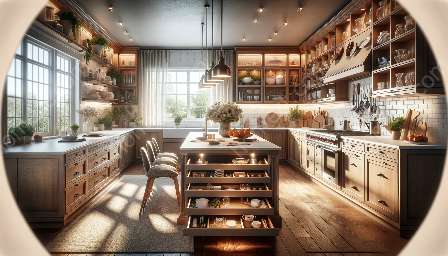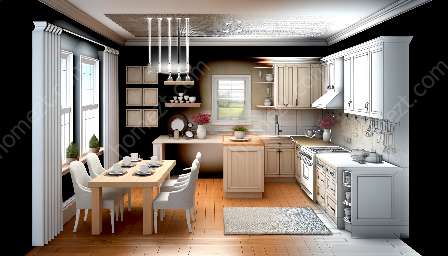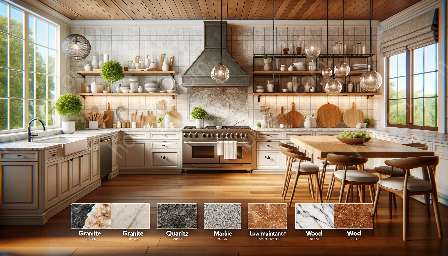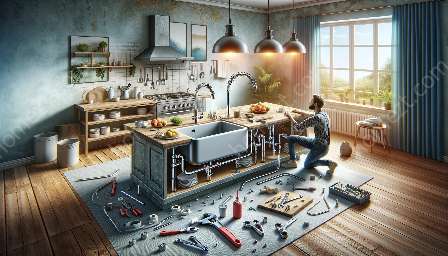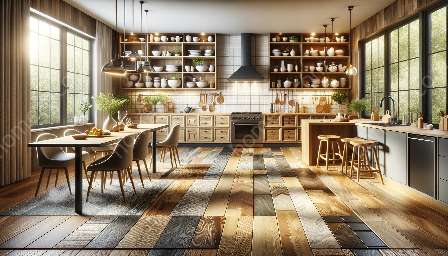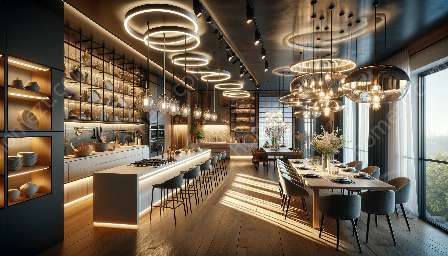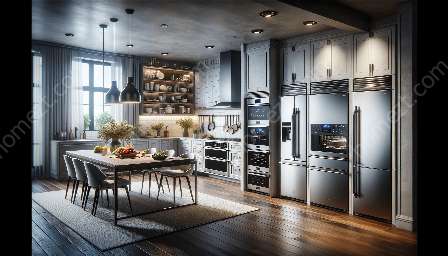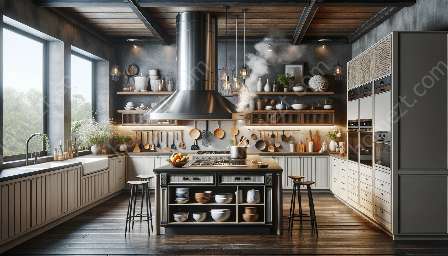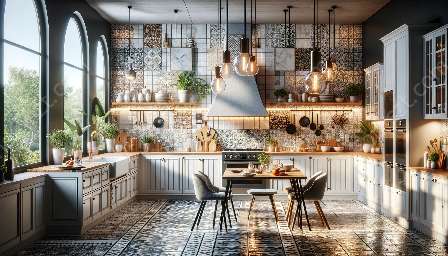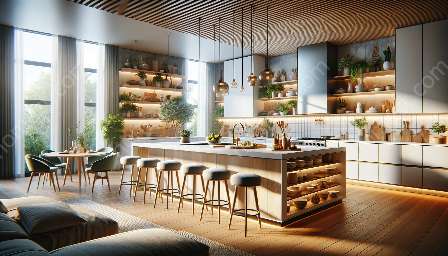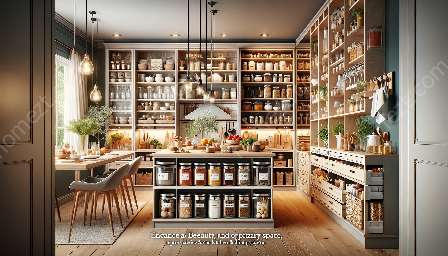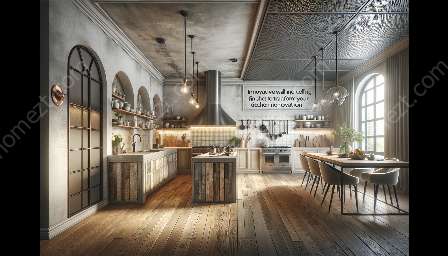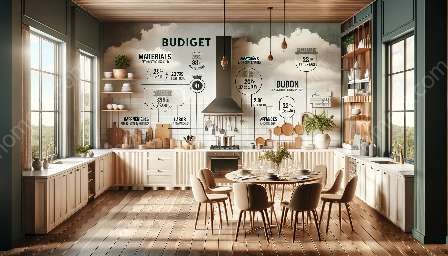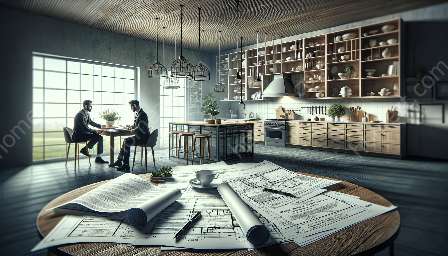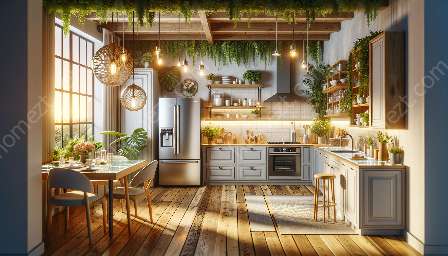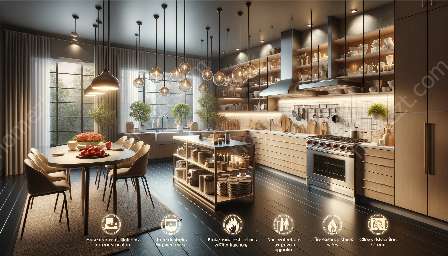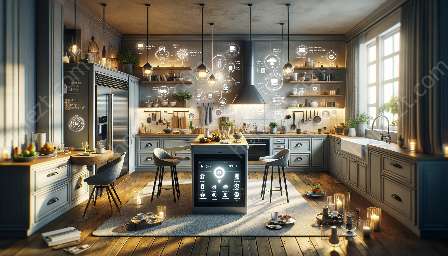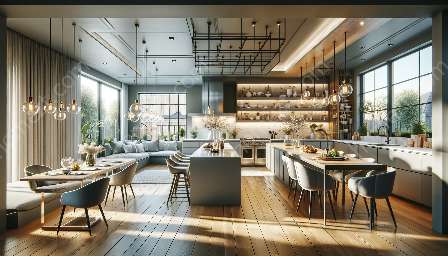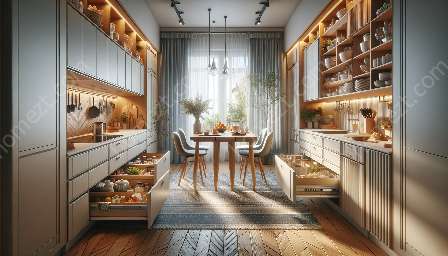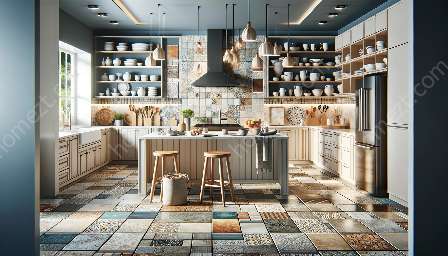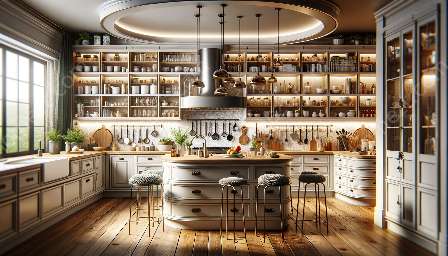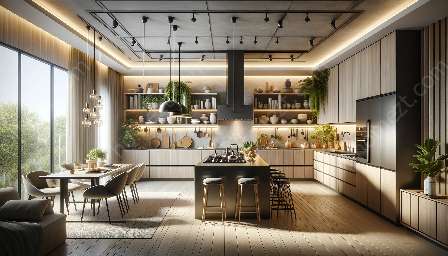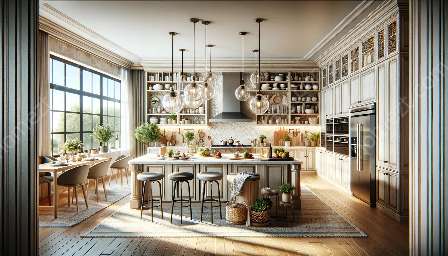When planning a kitchen renovation, it's crucial to prioritize safety considerations to create a secure and enjoyable space for cooking, dining, and socializing. From appliance safety to fire prevention, understanding and implementing essential safety measures can significantly enhance the overall safety of your kitchen and dining area.
Appliance Safety
One of the fundamental safety considerations in kitchen renovations is ensuring the proper installation and maintenance of kitchen appliances. When upgrading or installing new appliances, such as stoves, ovens, and microwaves, it's essential to follow the manufacturer's guidelines and consult with qualified professionals. Proper ventilation, adequate clearance, and secure electrical connections are critical for preventing potential hazards.
Kitchen Layout
The layout of the kitchen plays a key role in ensuring safety during renovations. Proper spacing between appliances, countertops, and work areas can prevent accidents and create an efficient and user-friendly kitchen. Consider ergonomic design principles to minimize physical strain and enhance overall safety and functionality.
Lighting and Visibility
Ample and well-placed lighting is essential for ensuring safety in the kitchen and dining areas. During renovations, consider installing task lighting under cabinets, ambient lighting for overall illumination, and accent lighting to enhance the aesthetic appeal. Adequate lighting not only improves visibility but also reduces the risk of accidents and enhances the overall ambiance of the space.
Fire Safety
Fire prevention and safety should be a top priority when renovating a kitchen. Installing proper fire suppression systems, such as fire extinguishers and smoke detectors, is crucial for timely response to emergencies. Moreover, selecting fire-resistant materials for countertops, cabinets, and flooring can significantly reduce the risk of fire-related incidents.
Ventilation
Proper ventilation is essential for maintaining air quality and preventing the buildup of harmful gases and fumes, especially when using gas stoves and ovens. Consider installing exhaust hoods and fans to remove cooking odors, smoke, and airborne particles. Adequate ventilation not only enhances safety but also contributes to a healthier indoor environment.
Child Safety
For families with children, incorporating child safety features into the kitchen design is crucial. Installing cabinet locks, stove guards, and non-slip flooring can help prevent accidents and injuries. Additionally, designing a designated and secure area for children to engage in supervised activities can further enhance safety and peace of mind for parents.
Slip and Fall Prevention
Slip and fall accidents are common in kitchens, especially during and after renovations. Choosing slip-resistant flooring materials, such as textured tiles or non-slip vinyl, can significantly reduce the risk of accidents. Additionally, ensuring proper drainage and placement of rugs or mats can further enhance safety and minimize the potential for slips and falls.
Conclusion
Considering safety as a foundational aspect of kitchen renovation is essential for creating a secure, functional, and aesthetically appealing space. Prioritizing appliance safety, fire prevention, child safety, and slip and fall prevention can significantly mitigate potential hazards and enhance the overall safety and enjoyment of your kitchen and dining area.

